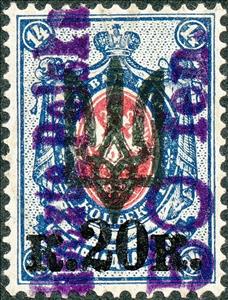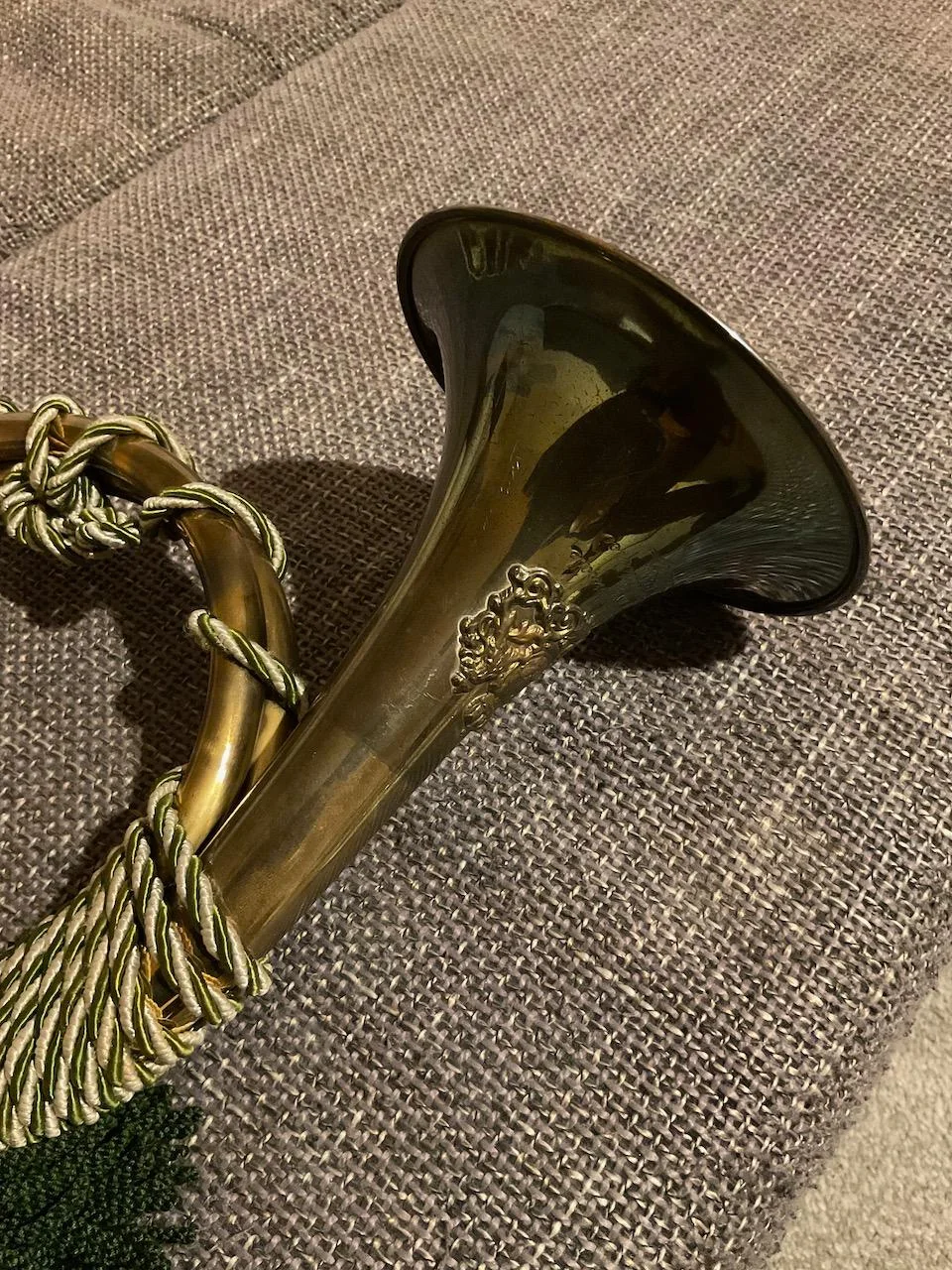Stamp: Polish Local Post Office Kowel (Poland 1919)
Polish Local Post Office Kowel (Poland 1919)
01 July (Poland ) within release Kowel goes into circulation Stamp Polish Local Post Office Kowel face value 50 Polish fenig
| Stamp Polish Local Post Office Kowel in catalogues | |
|---|---|
| Polish Stamps Catalog (Fischer): | Pol: PL-LOKI IC1 3 |
Stamp is square format.
10 stamps were withdrawn from sale and confiscated after inventory around August 25, 1919, after the intervention of the delegate of the Polish Post who considered the stamps as illegally issued by the local authorities.Also in the issue Kowel:
- Stamp - Polish Local Post Office Kowel face value 30;
- Stamp - Polish Local Post Office Kowel face value 30;
- Stamp - Polish Local Post Office Kowel face value 50;
- Stamp - Polish Local Post Office Kowel face value 50;
- Stamp - Polish Local Post Office Kowel face value 50;
- Stamp - Polish Local Post Office Kowel face value 50;
- Stamp - Polish Local Post Office Kowel face value 50;
- Stamp - Polish Local Post Office Kowel face value 50;
Stamp Polish Local Post Office Kowel it reflects the thematic directions:
A coat of arms is an heraldic visual design on an escutcheon (i.e. shield), surcoat, or tabard. The coat of arms on an escutcheon forms the central element of the full heraldic achievement which in its whole consists of shield, supporters, crest, and motto. A coat of arms is traditionally unique to an individual person, family (except in the United Kingdom), state, organisation or corporation.
In British heraldry, a coronet is any crown whose bearer is less than sovereign or royal in rank, irrespective of the crown's appearance. In other languages, this distinction is not made, and usually the same word for crown is used irrespective of rank (German: Krone, Dutch: Kroon, Swedish: Krona, French: Couronne, etc.) In this use, the English coronet is a purely technical term for all heraldic images of crowns not used by a sovereign, and implies nothing about the actual shape of the crown depicted. A Coronet is another type of crown, but is reserved for the lower ranks of nobility like Marquesses and Marchionesses, Earls and Countesses, Barons and Baronesses, and some Lords and Ladies. The specific design and attributes of the crown or coronet signifies the hierarchy and ranking of its owner.
Eagle is the common name for the golden eagle, bald eagle, and other birds of prey in the family Accipitridae. Eagles belong to several groups of genera, some of which are closely related. True eagles comprise the genus Aquila. Most of the 68 species of eagles are from Eurasia and Africa. Outside this area, just 14 species can be found—two in North America, nine in Central and South America, and three in Australia.
The post horn is a valveless cylindrical brass instrument with a cupped mouthpiece. The instrument was used to signal the arrival or departure of a post rider or mail coach. It was used by postilions of the 18th and 19th centuries.
A trident (/ˈtraɪdənt/) is a three-pronged spear. It is used for spear fishing and historically as a polearm. As compared to an ordinary spear, the three tines increase the chance that a fish will be struck and decrease the chance that a fish will be able to dislodge itself if struck badly. On the other hand, they are not so many as to overly reduce the spear's concentration of force for piercing. '






